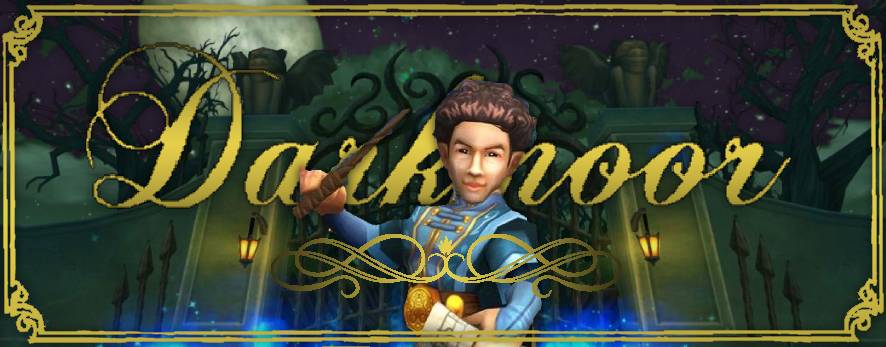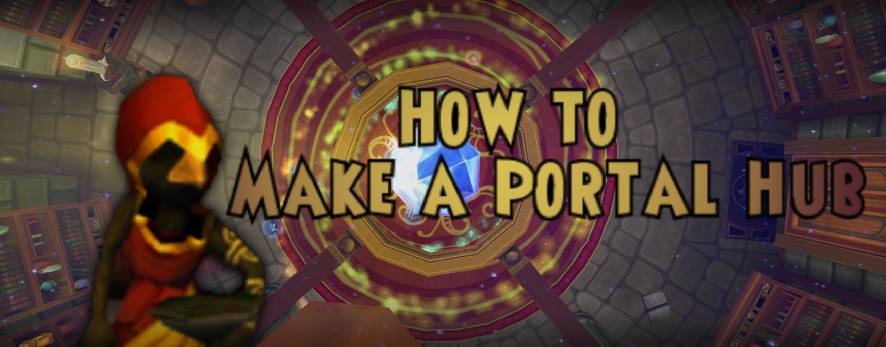Tag: free to play
-
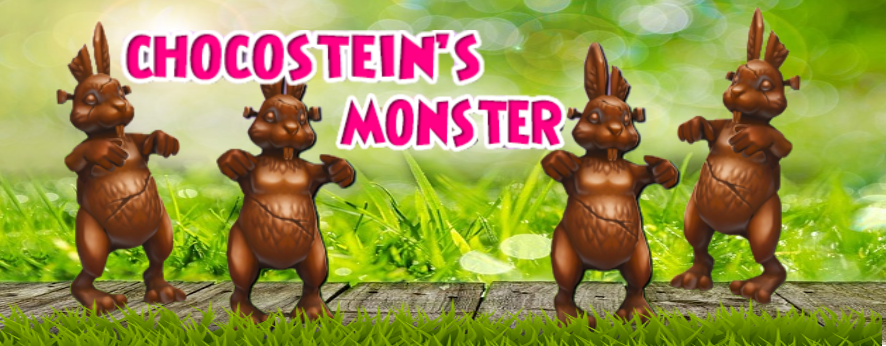
The Dark Side of Bunnies
•
Chocostein’s Monster Chocostein’s Monster is one of the newest pets in the Spiral. This tasty looking Myth pet comes with a Berserk card at baby and receives a jewel slot at Ancient. Mine manifested some interesting talents, 4 out of the 5 were May Cast. *May Cast Gardening Pixie *May Cast…
-
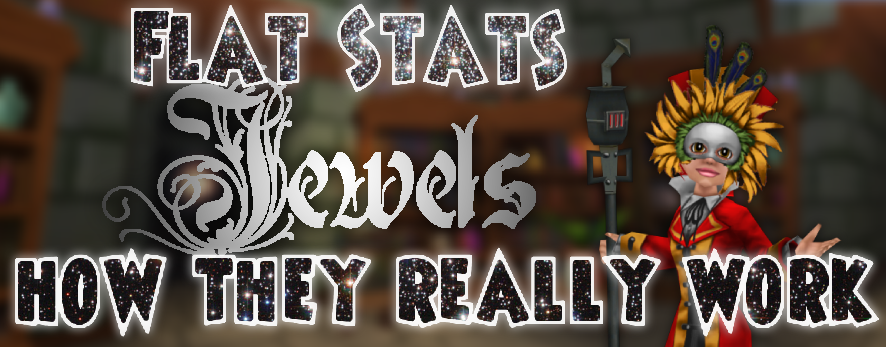
Flat Stat Jewels101
•
The Misconception Flat jewels are a misinterpreted stat for Wizard101. They have been since the beginning of the Spiral’s time. In fact, most players get rid of these jewels thinking they have no value. But it’s not true! I’ve used them since their introduction into the game. Many of my…
-
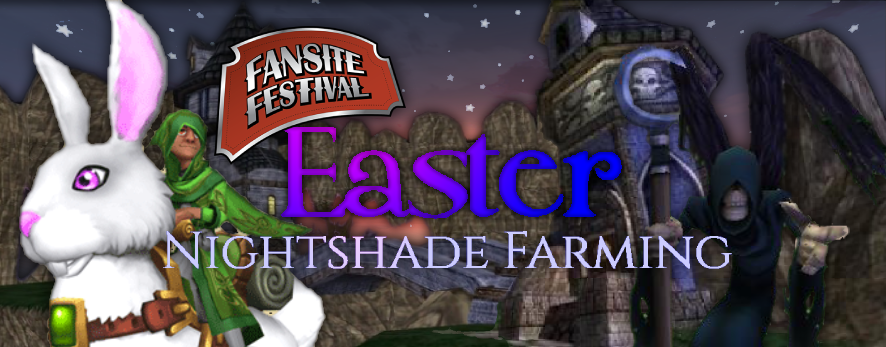
FANSITE FESTIVAL FARMING 2019
•
Ravenwood Academy Fansite Festival farming event? Do you know what this is? No???? Well, it’s where all the Wizard101 and Pirate101 Fansites gather together to create something truly amazing for the community. This yearly event is organized by several members of the community who work hard together to coordinate with…
-
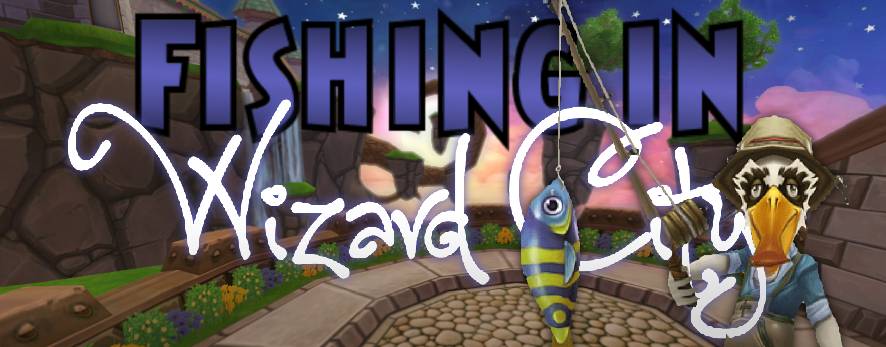
Fishing: Wizard City
•
A beautiful part of Wizard101 is fishing. It can be a great way to spend some time with friends without the pressure of battle and strategy. Fishing will take you to some corners of the Spiral you may not have taken the time to explore before. Like any great hobby…
-
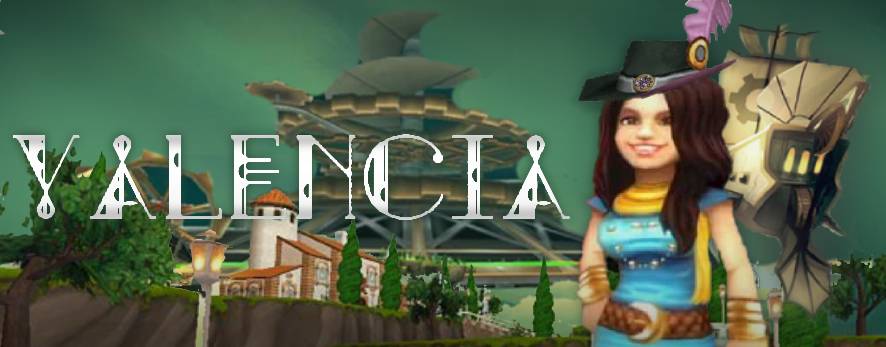
The Valencian Philharmonic
•
T he home of the ruthless clockwork empire and our own Diego the Duelmaster. Valencia was once a land of pristine culture and beauty until the clockworks came onto the scene. This is best shown through the music of Valencia. Elegant classical instruments such as the piano and strings identify the…
-
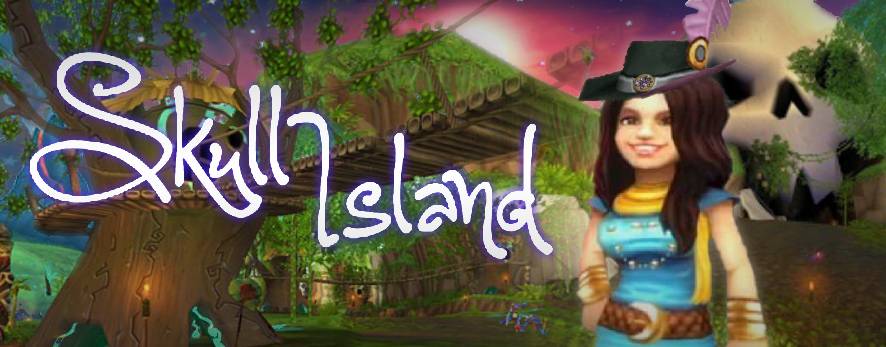
Skull Island’s Tavern Band
•
Somewhere in the Spiral, there’s a refuge for young pirates, orphaned when young who have turned to a life of crime. Marked by skull-shaped mountain, there is danger and treasure lurking all throughout the island region. Whether it’s hoodoo, dueling, brawling, treason, or smuggling, pirates ally with Captain Avery for…
-
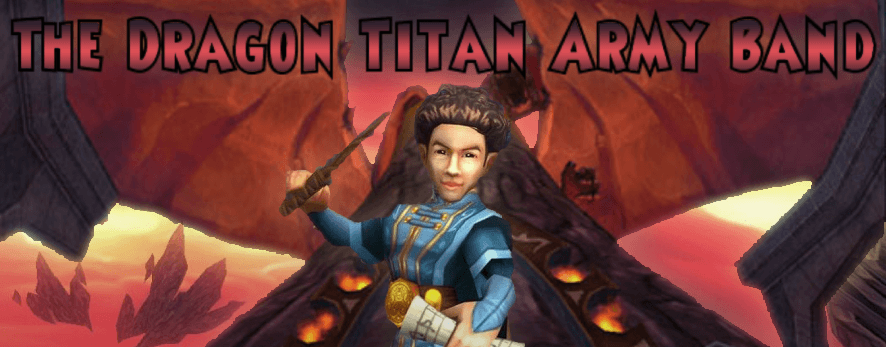
The Dragon Titan Army Band
•
Intended for Musician and Non-Musician Alike “Things started turning darker. Kingsisle were talking about dark and epic Mordor Wagner ‘Flight of The Valkyries’ in The Ring Cycle. I am looking at concept art and the NPC characters had Russian military influence; All the architecture was darker – more foreboding.” –…
-

Winter Fishing
•
Every 3 months the seasonal fish change. From December to March, the winter fish are swimming in the spiral! Cold Cod Ice School | Rank 1 | Seasonal/Regular | 1600 XP Small Fry: <10Whopper: >40 Yuletoy Fish Myth School | Rank 1 | Seasonal/Regular | 1400 XP…
